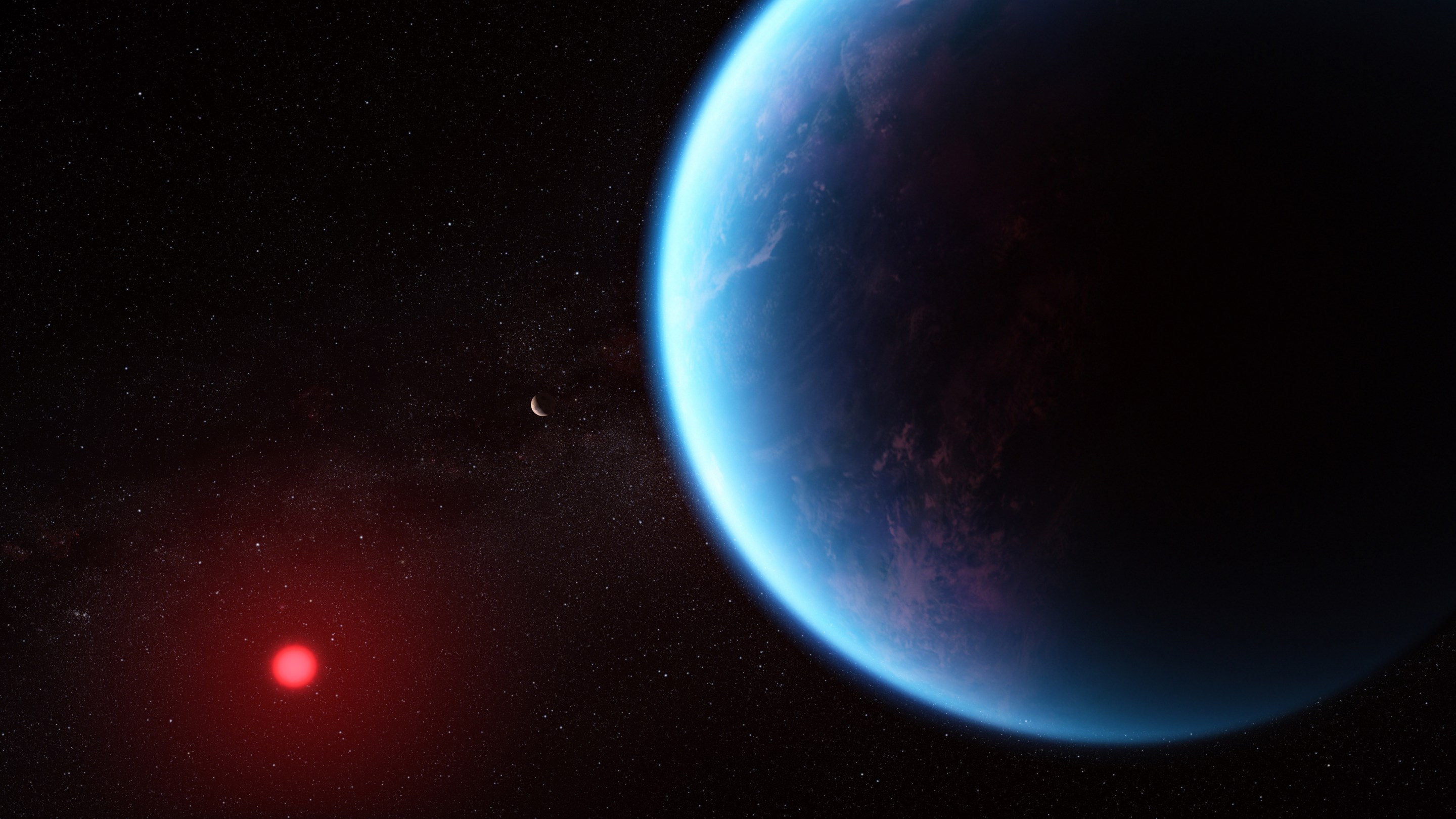If you felt a little let down by the lack of evidence and surfeit of "trust me, bro" at the congressional UFO hearings in July, do I have the country for you. On Tuesday, UFO, uh, enthusiast Jaime Maussan gave a presentation to Mexican politicians in which he unveiled two supposed non-human corpses. That's right: He brought the goods.
I hear you saying, Wait, those are obviously fake. But have you considered that they're actually real alien mummies?
The Mexico City event was spearheaded by journalist and UFO researcher Jaime Maussan, who testified under oath that almost a third of their DNA is "unknown" and the specimens were not part of "our terrestrial evolution", Mexican media reported.
"These specimens are not part of our evolutionary history on Earth," he said in his presentation to Mexican government officials and representatives from the US.
"They are not beings recovered from a UFO crash. Instead, they were found in diatom (algae) mines and subsequently became fossilised."
Sky News
Some might be skeptical given that the last time Maussan claimed to have identified a mummified alien body, it turned out to be a human child's. Others might be skeptical given that, c'mon, look at those things. There will be no "but" sentence in this paragraph to follow those observations. These aren't aliens.
It's particularly silly to give these hoaxes the time of day considering that hints at the possibility of alien life—real, actual, scientific developments! From NASA and everything!—came down earlier this very week. This is potentially huge news! (Or it may prove to be nothing, given further observations. That's how science works.)
The Webb Space Telescope has discovered the presence of methane and carbon dioxide on K2-18b, an exoplanet located in the habitable zone around a star 124 light years from Earth. That finding, combined with the absence of ammonia, hints at the presence of a hydrogen-rich atmosphere and a water ocean, a so-called Hycean planet. So far, so neat.
But scientists also think they might see data indicating the presence of a molecule called dimethyl sulfide, or DMS, on K2-18b. On Earth, anyway, most of the DMS is produced by phytoplankton, who float around the ocean and eat sunlight and put out DMS. Put another way, the best explanation we currently have for the presence of DMS around another planet is that it hosts life.
"The spectrum also suggests potential signs of dimethyl sulfide," reads the abstract on the paper published in The Astrophysical Journal Letters, "which has been predicted to be an observable biomarker in Hycean worlds, motivating considerations of possible biological activity on the planet."
Oh, there are plenty of caveats. There's good reason they're not breaking in on TV to announce this. Researchers aren't certain about the inference of DMS on K2-18b in the first place, and even if it's there, we know of other, nonbiological ways it can theoretically be produced. This is not "proof" of alien life in any sense. But it is how the collection of a mass of convincing evidence might start. This is the playbook: Find enough of certain compounds in certain proportions, and a lack of others, and you've got yourself a planet where the explanation that best fits the data is that it's teeming with life.
The next step is to train another one of Webb's spectrographs on K2-18b to see if it can confirm or reject the findings of DMS. And what are you supposed to do with this information? There's not much to really do at the moment, but I find the generations of human effort and intellect that went into this far more worthy of marveling over than some papier-mache gremlins.






